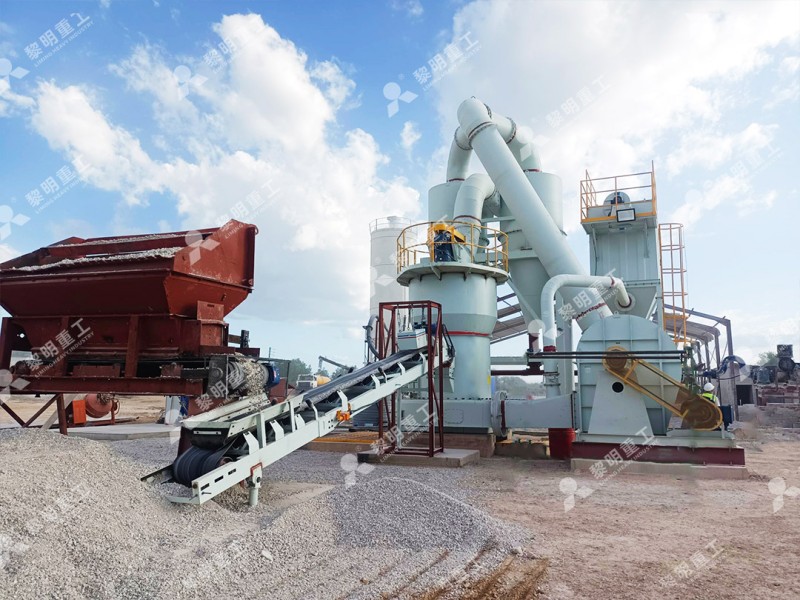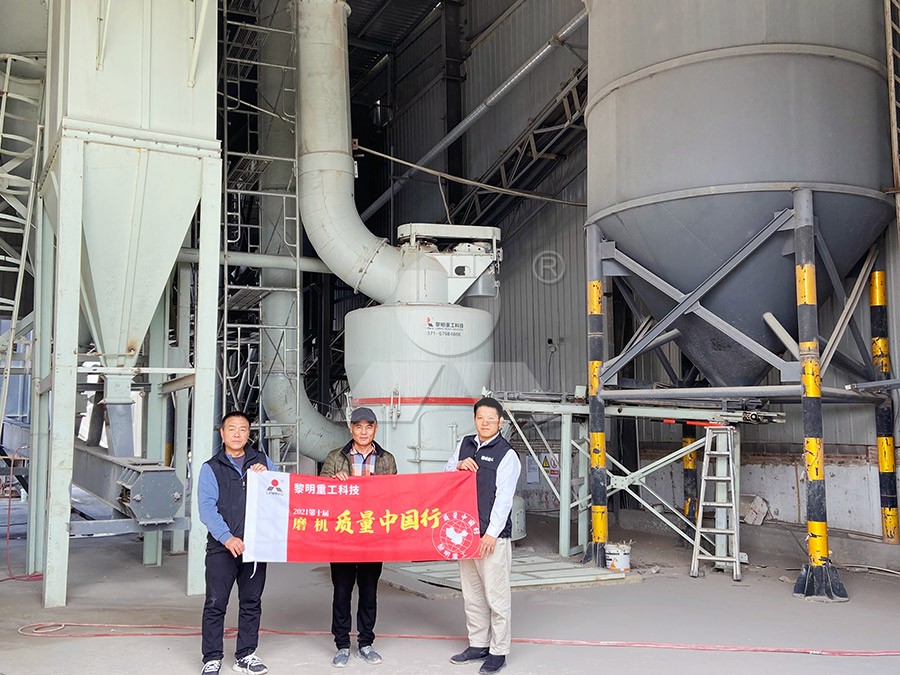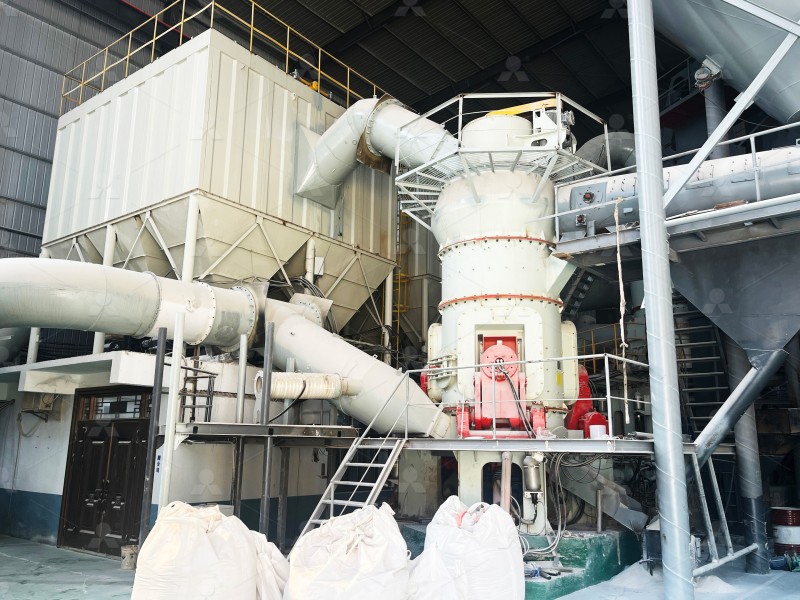Human Factors to Consider When Choosing an Industrial Grinder Machine
We provide a wide range of mills — including Raymond mill, trapezoidal mill, vertical mill, ultrafine mill, and ball mill, obtained ISO9001 international quality certification, EU CE certification, and Customs Union CU-TR certification. Suitable for processing minerals such as limestone, phosphate, quicklime, kaolin, talc, barite, bentonite, calcium carbonate, dolomite, coal, gypsum, clay, carbon black, slag, cement raw materials, cement clinker, and more.
The discharge range of these mills can be adjusted to meet specific processing needs, typically from 80-400 mesh, 600-3250 mesh, and can achieve the finest particle size of up to 6000 mesh(D50).
If you are looking for a reliable grinding solution to turn stone or minerals into fine powder, please feel free to contact our online customer service.
Human Factors to Consider When Choosing an Industrial Grinder Machine
Selecting the right industrial grinder isn’t just about technical specs and throughput rates. While those are undeniably crucial, the human element—how operators interact with the machine on a daily basis—is often the defining factor between smooth, profitable operation and a costly, frustrating headache. Overlooking ergonomics, safety, and maintainability can negate even the most impressive performance metrics on paper. Here’s a breakdown of the key human factors you must evaluate.
1. Operational Safety and Ergonomic Design
An operator who feels safe is a more productive and attentive operator. Look for machines designed with safety as a core principle, not an afterthought. Key features include comprehensive guarding on all moving parts, clearly labeled and accessible emergency stops, and control panels positioned to provide a clear view of the process without requiring the operator to assume an awkward or dangerous posture. Noise and dust are two of the biggest health hazards in grinding environments. A machine that effectively contains these pollutants protects your workforce and ensures compliance with increasingly strict environmental regulations.

2. Ease of Maintenance and Accessibility
Downtime is the enemy of production. A machine that requires a team of specialists and days of disassembly for routine maintenance will kill your bottom line. Human-centered design prioritizes easy access to wear parts and service points. Consider the weight and complexity of replacing rollers, rings, and liners. Are special tools required? Can it be done without dismantling half the machine? Features like externally accessible lubrication points and reversible roller structures are not just conveniences; they are critical for minimizing maintenance windows and keeping your line running.
3. Intuitive Control and System Automation
The modern grinder should work for the operator, not the other way around. Sophisticated yet user-friendly PLC control systems allow for precise digital adjustment of grinding pressure, rotational speed, and fineness. This reduces the skill ceiling for operation and minimizes human error, leading to more consistent product quality. Automated systems for pressure adjustment and powder selection allow a single operator to manage multiple tasks, optimizing labor costs. The goal is a machine that provides powerful, granular control without overwhelming complexity.

4. Environmental Impact and Workplace Conditions
This goes beyond regulatory compliance. A cleaner, quieter machine directly improves the working conditions for your team. Integrated pulse dust collectors and efficient mufflers significantly reduce airborne particulates and noise pollution. This leads to a healthier work environment, lower insurance premiums, and better community relations if your plant is in a populated area. It’s a human factor that benefits everyone, from the operator on the floor to the managers in the office.
Choosing a Partner, Not Just a Machine
At LIMING, we engineer our grinding solutions with these human factors at the forefront. A prime example is our MW Ultrafine Grinding Mill. It’s designed for operators and maintenance crews alike. It features no rolling bearings or screws in the grinding chamber, eliminating common failure points and safety concerns. Its lubrication points are external, allowing for safe maintenance without shutdown. Furthermore, it’s equipped with an efficient pulse dust collector and muffler, creating a cleaner, quieter, and safer operational environment. With an input size of 0-20 mm and a capacity range of 0.5-25 tph, it delivers high performance without compromising on human-centric design.
For larger scale operations requiring exceptional stability and easy maintenance, our LUM Ultrafine Vertical Grinding Mill is another excellent choice. Its standout human-factor feature is the reversible structure. This innovative design, coupled with a hydraulic system, allows operators to easily and rapidly move the heavy grinding roller out of the body for inspection or part replacement. This drastically reduces maintenance time, physical strain on technicians, and associated downtime. It also incorporates double position-limiting technology to prevent destructive impacts from vibration, ensuring operational stability and operator confidence.

Conclusion
Never underestimate the importance of the human-machine interface. The most technologically advanced grinder is a liability if your team dreads operating or maintaining it. By prioritizing safety, ergonomic maintenance, intuitive controls, and environmental cleanliness, you invest in productivity, morale, and long-term operational success. Always request a demonstration to see these human factors in action before making your final decision.
